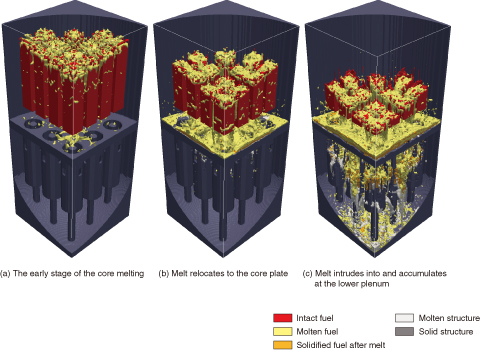
Fig.4-5 Transition of molten-material relocation
In the accident at the TEPCO’s Fukushima Daiichi NPS (1F), the meltdown is believed to have occurred in the reactor pressure vessel (RPV), following which the molten fuel reached the lower head. Although understanding in detail how molten fuels distribute in the RPV is very important, the distribution is quite difficult to measure because of the high radiation. In this case, a numerical simulation is useful. Although some severe accident (SA) codes have been used to numerically simulate SAs, detailed simulations of melt relocation remain very limited. In addition, because the boiling water reactor (BWR) accident at 1F is without precedent in the world; most simulations to date deal with pressurized water reactors (PWRs). Therefore, we are developing a new simulation code to elucidate the details of melt relocation in SAs. Because at least two components are involved inside the RPV, uranium fuel (heating element) and the remaining structure (nonheating element), we improved the code so that it can distinguish between these two. We also designed a numerical method that can efficiently calculate the changing shape of the molten materials, which enables the code to treat thermal hydraulics, including complicated interactions between molten fuels and the other structures shown in Fig.4-5. Thus, by providing a detailed treatment of molten materials and a simulation of the relocation of the multicomponent melt, we implemented a unified simulation of the system, including the heating material (uranium fuel) and the nonheating materials (Zry, SUS, B4C, etc.). Therefore, the results from this code are expected to provide information that will complement the results obtained from existing SA codes.
In the future, we will implement some physical models and also validate the code to ensure an accurate understanding of how melt behaves inside a RPV.